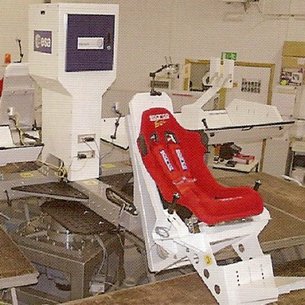Tele-monitoring of health conditions
While standing upright on the ground, hydrostatic pressure gradients (which are due to the action of gravity on fluids) act on the cardiovascular system to pool blood in the legs. This effect results in a series of reflexive bodily responses and compensating mechanisms regulated by the Autonomic Nervous System. Under weightlessness the absence of hydrostatic pressure gradient results in a shift of fluids (blood and interstitial tissue fluids) in the direction of the upper part of the body. This has been known since the beginning of the conquest of space as the "puffy face and chicken legs" syndrome. Research on the cardiovascular and cardiopulmonary systems of astronauts focuses on the understanding of the physiological processes at stake (CARDIOCOG, CARDIOCOG-2) to find eventually preventive countermeasures (artificial gravity and exercise devices or medication…) and also to improve rehabilitation procedures. For example the use of exposure to artificial gravity (SAHC link to pdf) or lower body negative pressure has been investigated in-flight or on the ground during bed-rest studies The monitoring of the cardiovascular status of astronauts also requires the design of appropriate research, diagnostic and monitoring systems (EPM, CARDIOLAB) that can be tele-operated (echography-link) or that include smart technology so that they can be operated by non-specialized personnel. Methods for tele-monitoring of the health status of astronauts in space, and the field of tele-diagnosis, has many synergies with that of health-monitoring of people on earth e.g. with critical jobs, such as pilots and air-traffic controllers, nuclear facilities operators, fire-fighters, or those chronically ill or the aged allowing them to be cared for at home. Solutions for space thus may also serve as solutions for Earth. Fluid shifts and adaptation to weightlessness


